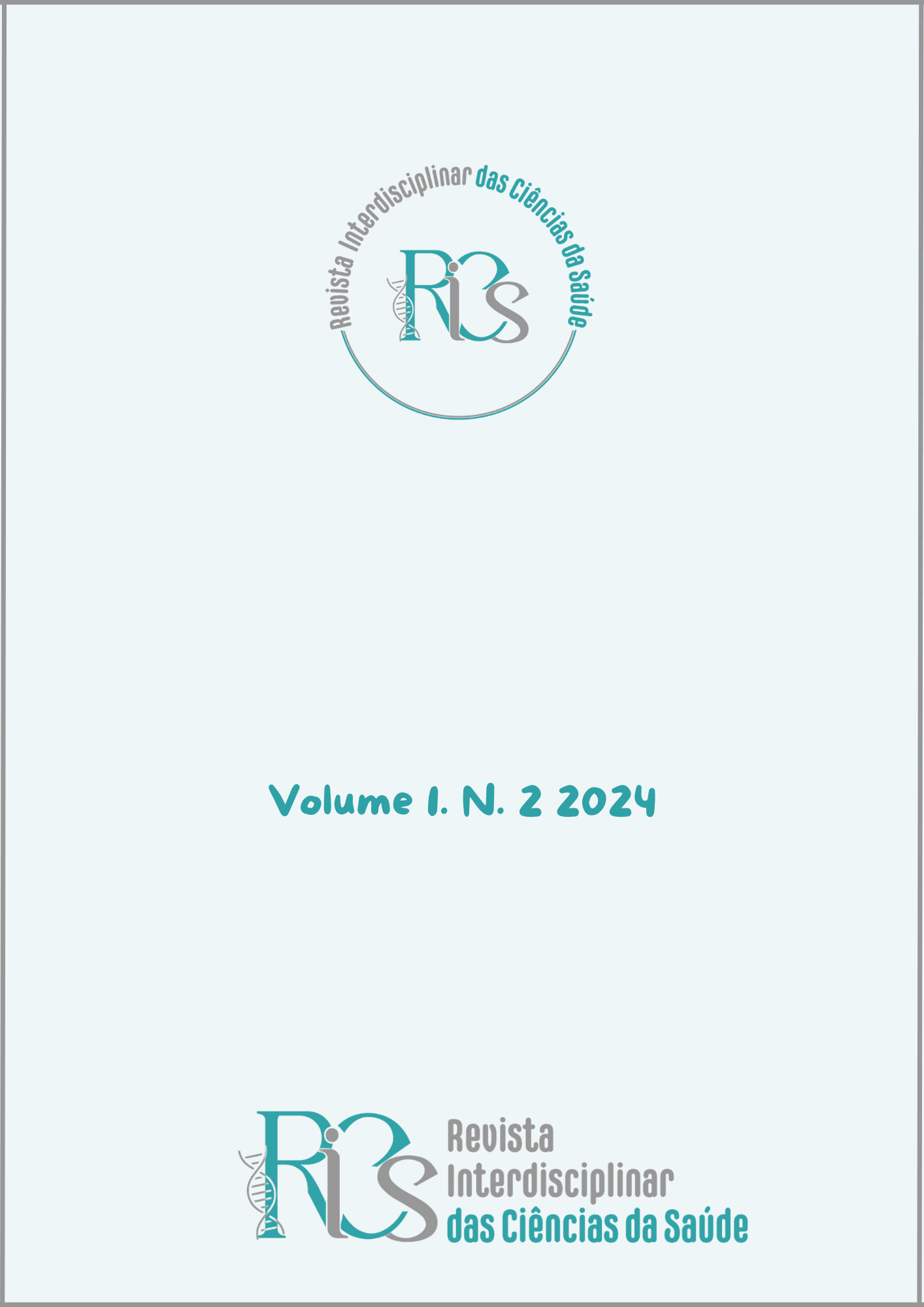CLINICAL TREATMENT IN BORDERLINE PERSONALITY DISORDER: CHALLENGES AND POSSIBILITIES
DOI:
https://doi.org/10.70209/rics.v1i2.32Keywords:
Borderline Personality Disorder, Clinical Treatment, Therapeutic Interventions, Mental Health ChallengesAbstract
Introduction: Borderline Personality Disorder (BPD) is a complex psychiatric condition characterized by emotional and behavioral instability. Effective clinical approaches for BPD treatment, such as Dialectical Behavior Therapy (DBT) and Mentalization-Based Therapy (MBT), have shown positive results in controlled studies but face significant challenges in practice. The need for specialized training, high dropout rates, and variable intervention efficacy are challenges that impact adherence and clinical outcomes. Pharmacological treatment also presents limitations, with inconsistent evidence regarding its effectiveness. Improving access to
therapies and integrating psychosocial and pharmacological approaches is essential to optimize outcomes for patients with BPD. Objective: To analyze and synthesize scientific evidence on the most effective clinical approaches in the treatment of borderline personality disorder, identifying the main challenges faced by healthcare professionals and the possibilities for therapeutic
interventions to improve patient outcomes. Methods: A systematic literature review was conducted using PubMed and Scopus databases, filtering for studies published within the last 5 years and of high methodological quality in English. Results and Discussion: The discussion on the treatment of Borderline Personality Disorder (BPD) reveals that both Dialectical Behavior
Therapy (DBT) and Mentalization-Based Therapy (MBT) are effective in reducing symptoms and improving patient outcomes. DBT stands out for its success in decreasing self-harm and symptom severity, while MBT has shown effectiveness in reducing suicidal behaviors. However, comorbidities such as anxiety disorders and substance abuse complicate treatment, necessitating
an integrated approach. Personalizing therapies and combining psychotherapeutic and pharmacological interventions are crucial to addressing these challenges. Collaboration among professionals and adapting therapies to individual patient needs are key to achieving better results. Conclusion: In conclusion, clinical approaches for treating BPD, such as DBT and MBT, show significant efficacy in reducing symptoms and improving patient outcomes. Combining these therapies with pharmacological interventions is promising, but comorbidities and the need for tailored treatments highlight the complexity of managing BPD. Multidisciplinary
collaboration and treatment personalization are crucial for addressing challenges and enhancing results. Innovation in therapeutic approaches and adaptation to individual patient needs are essential to overcoming current limitations and optimizing care quality.





